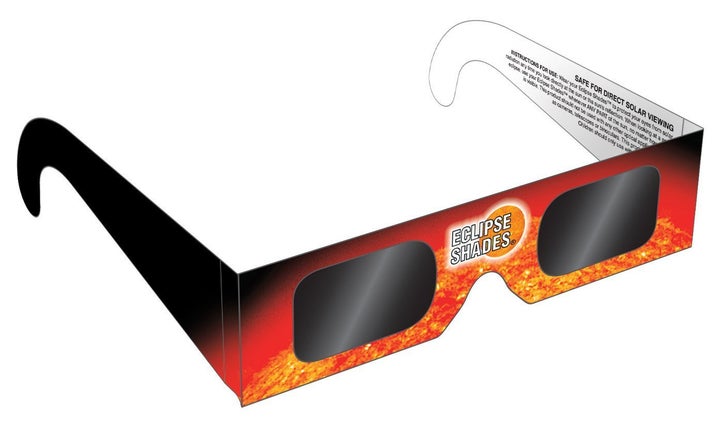
With a solar eclipse scheduled to occur over the entire United States for the first time in decades there is much excitement around the nation. Workplaces, schools, and community centers have planned elaborate eclipse watching parties and the attention of the entire population of the continental United States will be focused towards the heavens during the hour or so that the eclipse is occurring. As it is extremely hazardous to look directly at the sun even with regular sunglasses, consumers have been anxiously snapping up special eclipse sunglasses which enable one to safely view the event.
SellerCloud, an integrated ecommerce management provider which allows online sellers of all types to market their wares on the popular online platforms of Amazon, eBay, Walmart, Jet and $1 billion of online sales annually processed through its merchant, they have an unparalleled insight into the demand and cost structure around these glasses.. According to SellerCloud the spike in demand for the glasses has led the price of a pair of eclipse glasses to increase nearly twentyfold in a matter of weeks. A 10 pack of these paper glasses, which were selling for around $8 as recently as the end of July, has now skyrocketed to $159.00.
The frames of eclipse glasses are made of cardboard, and the lenses are made of a special solar film that must comply with the current safety standard, ISO 12312-2. The cost of making a pair of eclipse glasses ranges between 30 and 70 cents. Based on data collected by SellerCloud from actual sales by users of its program, the average retail price per pair of eclipse glasses sold was $7.15.
SellerCloud’s CEO Jeremy Greenberg noted how the surprisingly strong demand took many of his sellers by surprise. “Originally, our customers had listed these glasses cheaply, knowing that there would be lots of sellers competing for these listings. But the demand grew so quickly, that there simply wasn’t enough of these glasses, and the prices skyrocketed in response to the intense demand.” He noted that most of the sales through his network occurred either on Amazon or the merchant’s own website.
The selling price of these glasses varied greatly, depending if the user purchased them in single units or in multi-packs. Those buying just one paid on average $20 per pair, but buying them in 10-packs resulted in a much lower price of just $3.50 a pair. Most of the pairs were sold as 10-packs.
In the days leading up to the eclipse many buyers of eclipse sunglasses have been dismayed to learn that what they thought were safe glasses were not actually safe at all. Amazon announced a recall of a number of potentially hazardous glasses. These consumer were likely caught unawares that glassed needed to be certified. NASA has been urging people to only buy glasses that that carry the international safety standard number “ISO 12312-2.” It seems that some people got that message because according to SellerCloud the inclusion of ISO certification in the title boosted sales.
For those willing to pay the steep price, there are still eclipse glasses for sale in a variety of places on and offline, but you have to hurry. If you missed out on buying eclipse sunglasses or are concerned about the safety of glasses they bought, there are still options to view the eclipse. One can use cardboard to make a simple pinhole viewer or you can catch the livestream from NASA of the eclipse. If you miss the eclipse this year, you can always catch it again in 7 years in 2024 when there’s another solar eclipse over the United States.